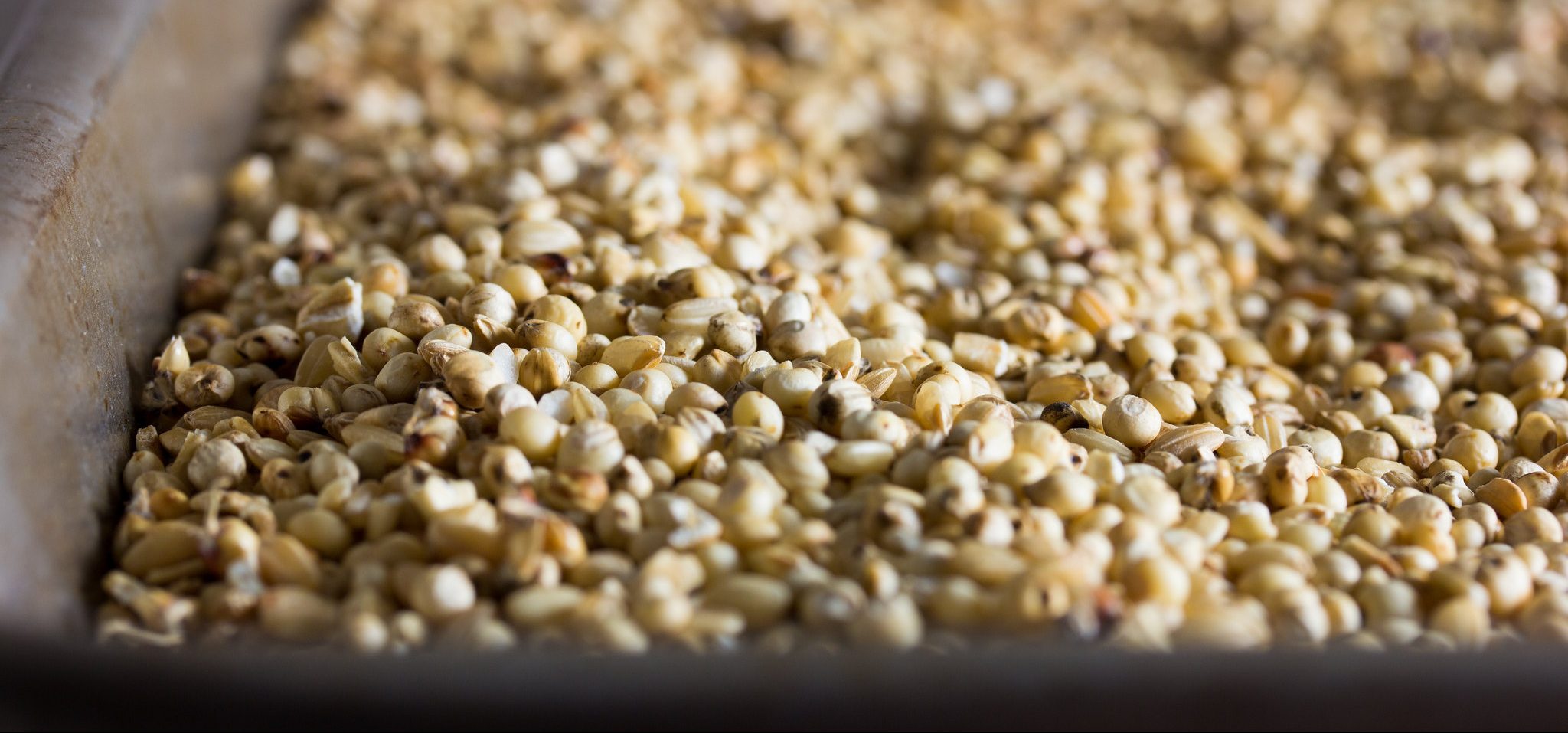Grains & Adjuncts: The Complete Guide
We’ve boiled (pun intended) all the grains and adjuncts available to home brewers into the most common styles of each of them. While we don’t differentiate between brands, we have normalized certain values to account for the differences in SRM, Lovibond and Diastatic powers.
The Purpose of Grains in Brewing
Grains are steeped in hot water to extract their sugars to create wort. Wort is the water and sugar solution that combines with yeast and hops to create beer.
Before grain can be converted into alcohol, the complex carbohydrates need to be broken down into simple sugars. These sugars are what yeast consume to create alcohol.
There are three types of home brewing recipes that are distinguished by how you work with grain:
- Extract Brewing is when you use either dry or liquid malt extract for all of your fermentable sugars. Commonly there are no loose grains involved with this type of brewing.
- Partial Mash Brewing is when you make a small mash to get sugar out of the grain, but you still supplement your recipe with malt extract.
- All Grain Brewing recipes are more advanced and require the use of 100% grains to get the required sugars into the wort. These recipes use only grains and no malt extract. All grain methods include brew-in-a-bag (BIAB) or the use of a mash and lauter tun.
Grains by Category
We’ve broken down all the common grains and adjuncts that go into beer making into their specific categories. Our database currently has over 50 kinds of fermentables.
If you see an error in our data, please let us know!
